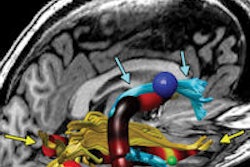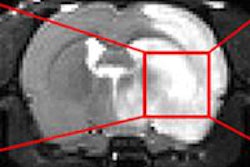Dr. Claire Cuscaden, from Royal Brisbane and Women's Hospital, and colleagues investigated the role of contrast ultrasound in characterizing renal lesions, particularly Bosniak 2F lesions, which tend to require ultrasound or CT follow-up. Using contrast ultrasound greatly reduced the number of lesions assigned to the 2F category, the researchers found.
Cuscaden's group included data from 90 CEUS exams performed over a 40-month period, involving 65 patients. All patients had previously received CT, MRI, or ultrasound exams, although ultrasound was less common. For the CEUS exams, patients received intravenous perflutren.
Seventy-seven lesions were examined after having been graded by CT. Of these, CT graded 25 lesions as Bosniak 2F (32%). On CEUS, 28% of these lesions were downgraded to Bosniak 1 and 2 (categories that do not require workup and are tracked for two years) and 40% were upgraded to Bosniak 3 (requiring workup). Only 8% of the lesions graded Bosniak 2F at CT remained as such after CEUS, Cuscaden and colleagues reported.
Contrast ultrasound's benefits include improved contrast resolution relative to CT or MRI and also the ability to visualize vascularity in solid lesions or solid components of cystic lesions with borderline or difficult-to-assess enhancement on CT or MR, which may reduce unnecessary follow-up, the group concluded.



















